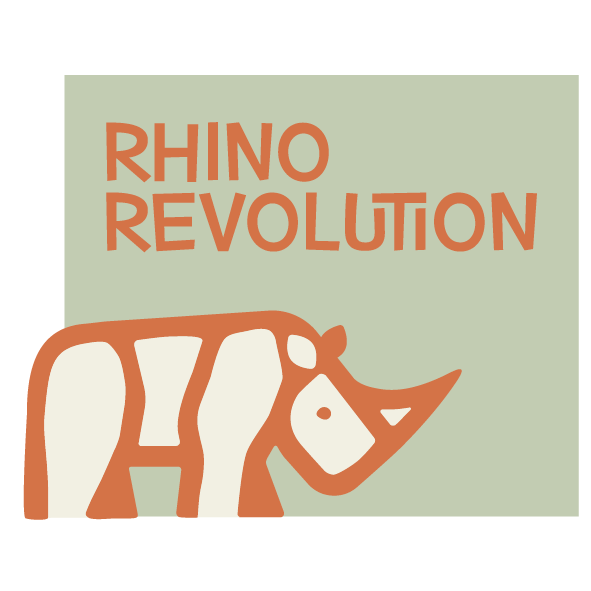Rewilding and Conservation Efforts
Rhino Revolution has a proud history of rewilding orphaned rhinos. Initially, we operated a rhino orphanage where orphaned calves were carefully raised with a hands-off approach, ensuring that they retained their wild instincts. These efforts culminated in the successful rewilding of "The Lucky Five"—five orphaned rhinos that were released into the wild and have since thrived. Notably, some of them have successfully bred in the wild with native wild bulls, marking an important milestone in rhino conservation.
Since the closure of our orphanage, we have partnered with other wildlife rehabilitation centers, assisting in the rewilding and relocation of orphaned rhinos to larger reserves where they can continue to live freely. Our efforts play a vital role in increasing the global rhino population and supporting the long-term survival of this endangered species.
Breeding Program and Genetic Diversity
To ensure the continued health of rhino populations, Rhino Revolution has implemented a breeding program aimed at maintaining genetic diversity among the white rhino population. With the majority of the remaining white rhinos living in South Africa, we focus on strategic breeding within protected reserves. This program helps prevent inbreeding and ensures that rhinos have a strong, healthy genetic pool to support their future survival.
Relocation for Population Growth
As part of our commitment to conservation, Rhino Revolution actively participates in relocating rhinos to various reserves to ensure population growth and genetic diversity. By carefully monitoring their well-being during transport and supporting their adaptation in new environments, we strengthen broader conservation efforts. These relocations are an essential part of the long-term strategy for preserving rhinos and securing their future in the wild.
Through our rewilding efforts, breeding programs, and strategic relocations, Rhino Revolution is dedicated to ensuring a sustainable future for rhinos. Our work not only protects individual animals but also supports the conservation of entire ecosystems.



